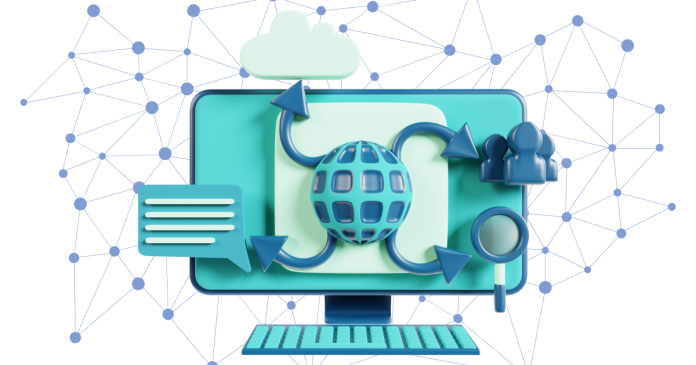Multiplexing is a technique used in computer networks to combine multiple signals (data streams) for transmission over a single shared medium or channel. It optimizes the utilization of available bandwidth and ensures that multiple devices or data sources can communicate efficiently over the same network infrastructure.
Key Concepts of Multiplexing
- Purpose:
- Efficiently use the bandwidth of a communication channel.
- Reduce infrastructure costs by transmitting multiple signals over a single medium.
- Demultiplexing:
- At the receiving end, a corresponding demultiplexer splits the combined signal back into its original individual data streams.
- Applications:
- Telecommunications (e.g., telephone networks).
- Data transmission in computer networks.
- Broadcasting (e.g., TV and radio signals).
Types of Multiplexing
1. Frequency Division Multiplexing (FDM):
- Definition: Divides the total bandwidth of the communication medium into non-overlapping frequency bands, each carrying a separate signal.
- Example: Radio and TV broadcasting.
- Advantages:
- Suitable for analog signals.
- Simultaneous transmission of multiple signals.
- Disadvantages:
- Requires large bandwidth.
- Susceptible to interference between frequency bands.
2. Time Division Multiplexing (TDM):
- Definition: Divides the transmission time into separate time slots, each assigned to a different signal.
- Example: Digital telephony systems.
- Types:
- Synchronous TDM: Fixed time slots are preassigned, even if a source has no data to send.
- Asynchronous (Statistical) TDM: Time slots are dynamically assigned based on demand.
- Advantages:
- Efficient for digital signals.
- No interference between data streams.
- Disadvantages:
- Requires precise synchronization.
3. Wavelength Division Multiplexing (WDM):
- Definition: A specific type of FDM used in optical fiber networks, where different data streams are transmitted using different wavelengths (colors) of light.
- Example: Fiber-optic communication systems.
- Advantages:
- High data transmission rates.
- Efficient use of optical fiber bandwidth.
- Disadvantages:
- Expensive equipment (e.g., lasers and multiplexers).
4. Code Division Multiplexing (CDM):
- Definition: Each signal is encoded with a unique code and transmitted over the same channel. The receiver decodes the signal using the corresponding code.
- Example: Cellular networks (e.g., CDMA).
- Advantages:
- High security.
- Supports multiple users without interference.
- Disadvantages:
- Complex encoding and decoding process.
5. Space Division Multiplexing (SDM):
- Definition: Different data streams are transmitted simultaneously over separate physical channels (e.g., separate cables or fibers).
- Example: MIMO (Multiple Input Multiple Output) in wireless networks.
- Advantages:
- High data capacity.
- Simple implementation.
- Disadvantages:
- Requires multiple physical channels.
Advantages of Multiplexing
- Efficient use of bandwidth.
- Reduces transmission costs by sharing a single medium.
- Increases system capacity (allows more users/data streams to share the network).
- Supports simultaneous communication.
Disadvantages of Multiplexing
- Requires complex hardware for multiplexing and demultiplexing.
- Potential latency due to shared medium.
- Interference and cross-talk can occur (especially in FDM).
Use Cases of Multiplexing
- Telecommunications:
- Voice and data signals are multiplexed over telephone lines.
- Internet:
- Multiplexing techniques are used in DSL and broadband communication.
- Optical Networks:
- WDM is widely used in high-speed fiber-optic networks.
- Satellite Communication:
- FDM and TDM are used to manage multiple communication channels.



